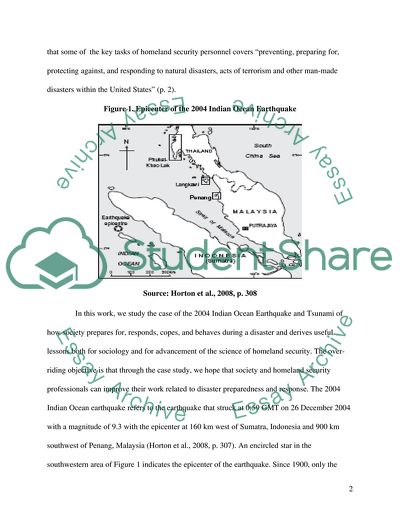Cite this document
(Sociology of the 2004 Indian Ocean Earthquake and Tsunami Research Paper, n.d.)
Sociology of the 2004 Indian Ocean Earthquake and Tsunami Research Paper. Retrieved from https://studentshare.org/sociology/1741399-2004-indian-ocean-earthquake-and-tsunami
Sociology of the 2004 Indian Ocean Earthquake and Tsunami Research Paper. Retrieved from https://studentshare.org/sociology/1741399-2004-indian-ocean-earthquake-and-tsunami
(Sociology of the 2004 Indian Ocean Earthquake and Tsunami Research Paper)
Sociology of the 2004 Indian Ocean Earthquake and Tsunami Research Paper. https://studentshare.org/sociology/1741399-2004-indian-ocean-earthquake-and-tsunami.
Sociology of the 2004 Indian Ocean Earthquake and Tsunami Research Paper. https://studentshare.org/sociology/1741399-2004-indian-ocean-earthquake-and-tsunami.
“Sociology of the 2004 Indian Ocean Earthquake and Tsunami Research Paper”, n.d. https://studentshare.org/sociology/1741399-2004-indian-ocean-earthquake-and-tsunami.


